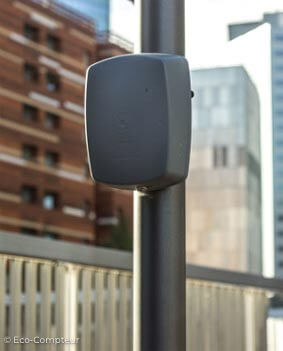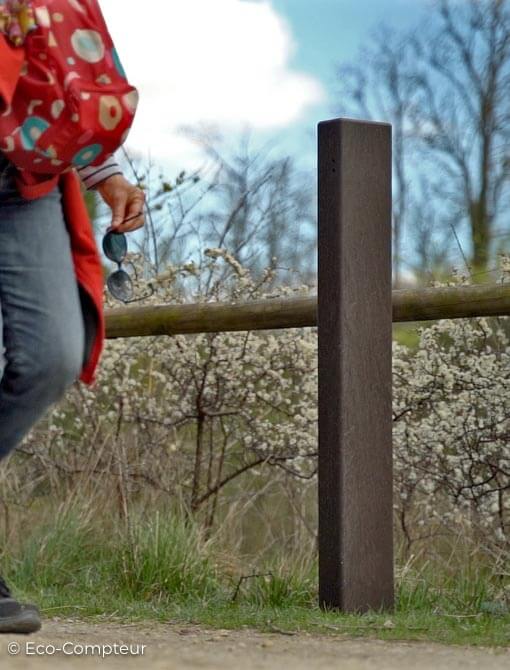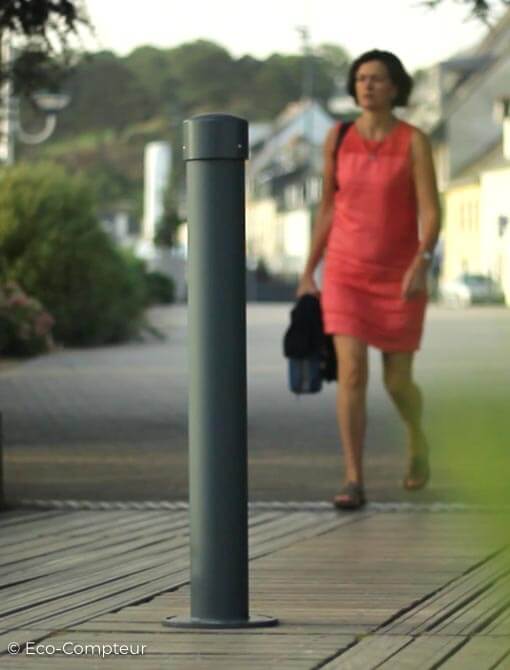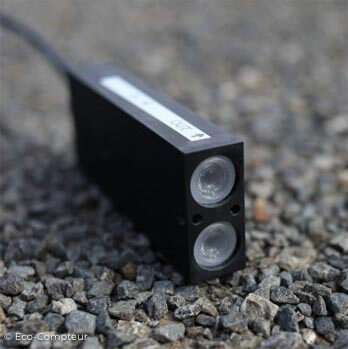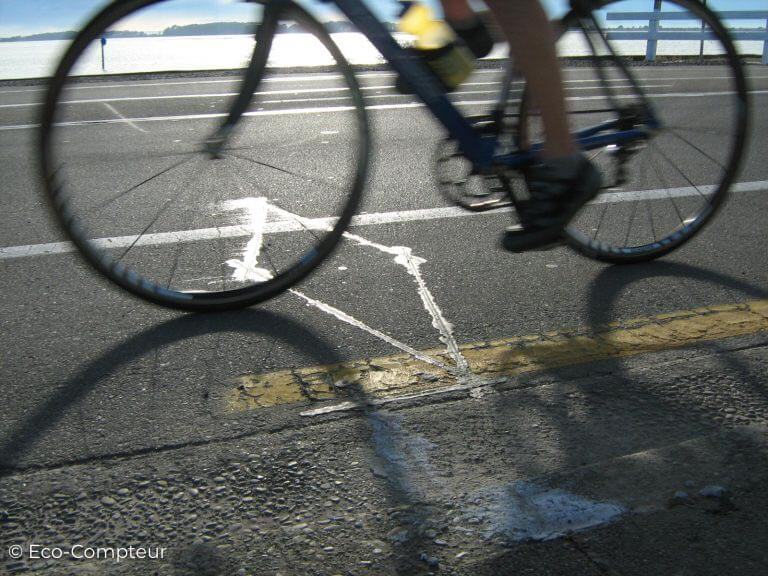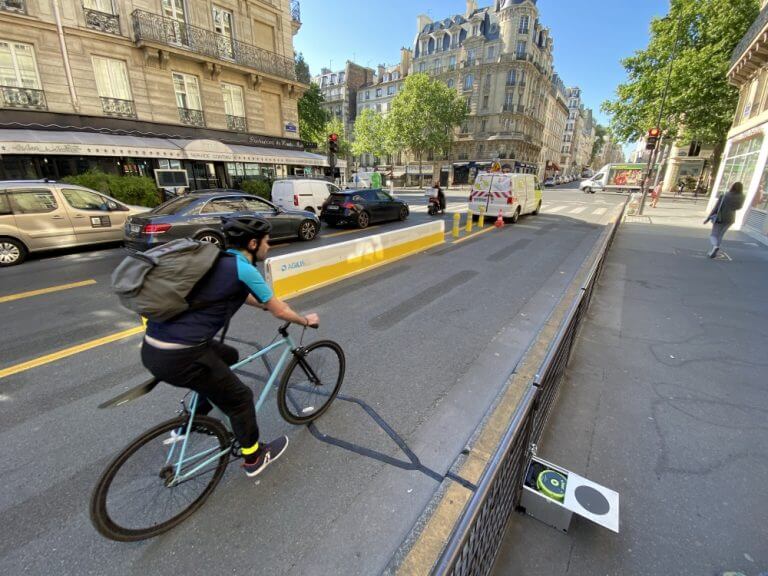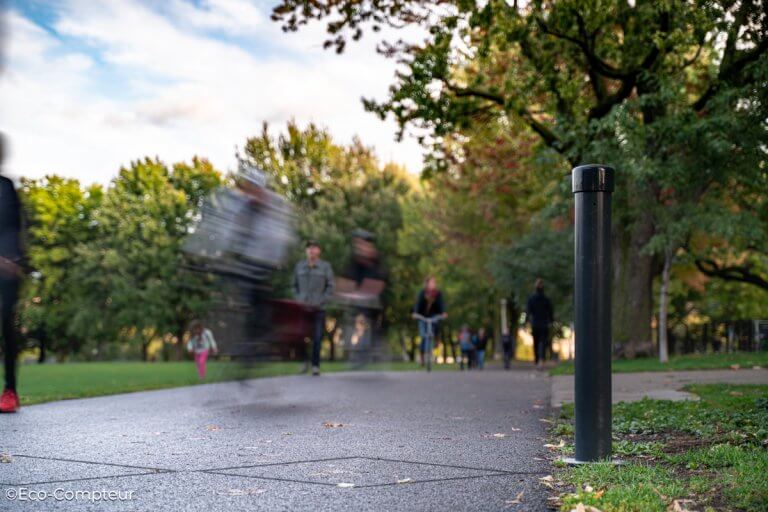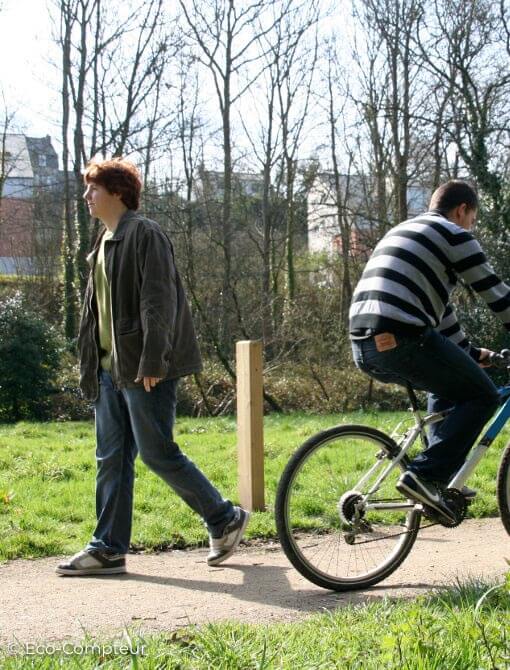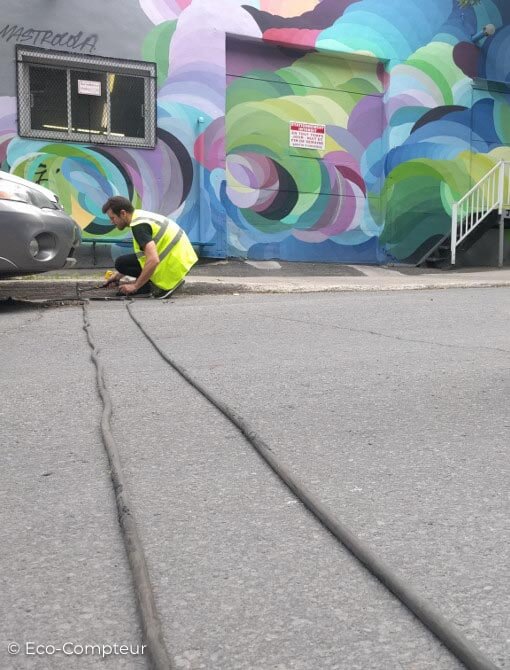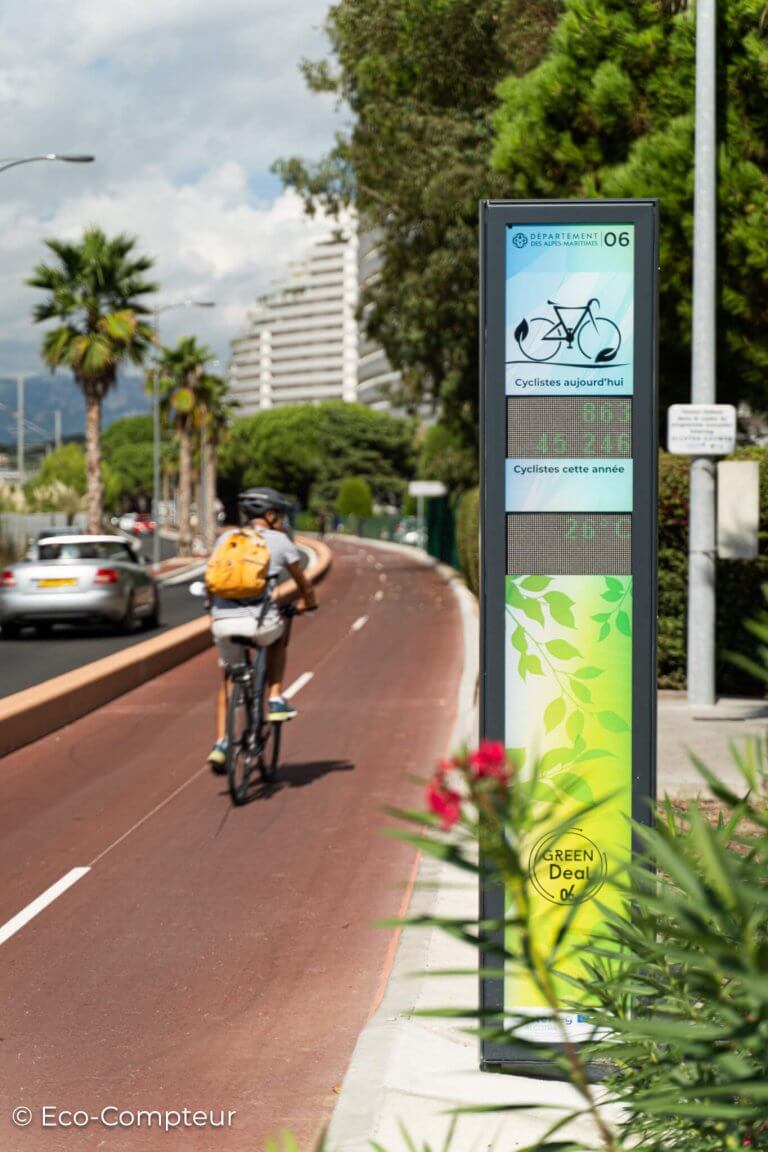Why count visitors? Twenty years of experiences on visitor monitoring in Finland’s protected areas
Document written by:
Liisa Kajala, Metsähallitus, Parks & Wildlife Finland, liisa.kajala@metsa.fi
Joel Erkkonen, Metsähallitus, Parks & Wildlife Finland, joel.erkkonen@metsa.fi
All figures and texts are the property of Metsähallitus
Introduction
Protected and recreational areas are increasingly significant visitor attractions, and information on visitors is a necessity for the successful management of these areas. Visitor information is essential in ensuring the protection of nature and cultural heritage, quality recreation experiences, sustainable tourism development, and showcasing the benefits of protected areas.
This paper presents the Finnish case of visitor monitoring as implemented by Parks & Wildlife Finland (P&WF) in national parks and other protected areas. We give an overview of the entire visitor monitoring process from data collection and storage to using the data in reporting, management and decision making. P&WF is a unit within Metsähallitus, managing Finland’s national parks and other state-owned protected and recreational areas.
Material and methods
P&WF established a national visitor monitoring system of parks and protected areas in late 1990s (Horne et al. 1998, Erkkonen & Sievänen 2001). Visitor monitoring activities include visitor counting and visitor surveys. With visitor counting one obtains estimates on the amount of use, whereas with visitor surveys one gets more descriptive information on the types of visitors, their behavior, needs, opinions and attitudes. By combining these two types information, one can draw a much more diverse picture of protected area visitation than with either one type of information alone.
For visitor counting, P&WF uses mostly data storing electronic people counters located at main entry points. In some areas, where roads capture the visitor flows well, data storing electronic traffic counters are used. The point specific visitation counts obtained by electronic counters are extrapolated into area level visitation numbers by area coverage percentage (Kajala et al. 2007).
Visitor surveys are implemented by P&WF as standardized on-site guided surveys (Kajala et al. 2007). The sampling aims to be as close to a random sample as possible, yet taking into account the limitations brought by resources and demanding circumstances out in the field. The questionnaire is four A4 pages (a folded A3) and visitors are asked to fill it towards the end of their visit, ideally when they are exiting the site. The interviewer is available for questions, but typically respondents fill out questionnaire independently. Each protected area with significant recreational use is surveyed on average every five years, which means annually close to ten surveys to be administered across Finland.
For data entry, storage, management and reporting, P&WF uses ASTA visitor information database system, which has been in use since year 2006.
Results
P&WF reports visitor monitoring results for each area, but also as national statistics. The reports on visitor counting, visitor spending effects and health and well-being effects perceived by visitors are published annually in January separately for each protected area and as cumulative national figures (Metsähallitus 2018a, 2018b, 2018c).
Visitation to Finnish national parks shows a significant increase over the period of last 17 years (figure, Metsähallitus 2018a). Parallel to the increase in national park visitation, the visitor spending effects have increased even more rapidly. Year 2010 the local economic impacts of visitors’ spending to 35 national parks were 108.9 million euros and year 2017 with 40 national parks, they had almost doubled to 206.5 million euros. According to the P&WF assessment 1 € investment in national parks and other key protected areas results on average in 10 € return to local economies (Metsähallitus 2018b).
P&WF also monitors the health and well-being effects perceived by visitors. Visitors to Finland’s national parks estimate their health and well-being benefits to around 100 euros (median) per visit. With 3,1 million visits to Finnish national parks year 2017, the total health and well-being value as perceived by visitors is roughly 310 million euros (Metsähallitus 2108c).
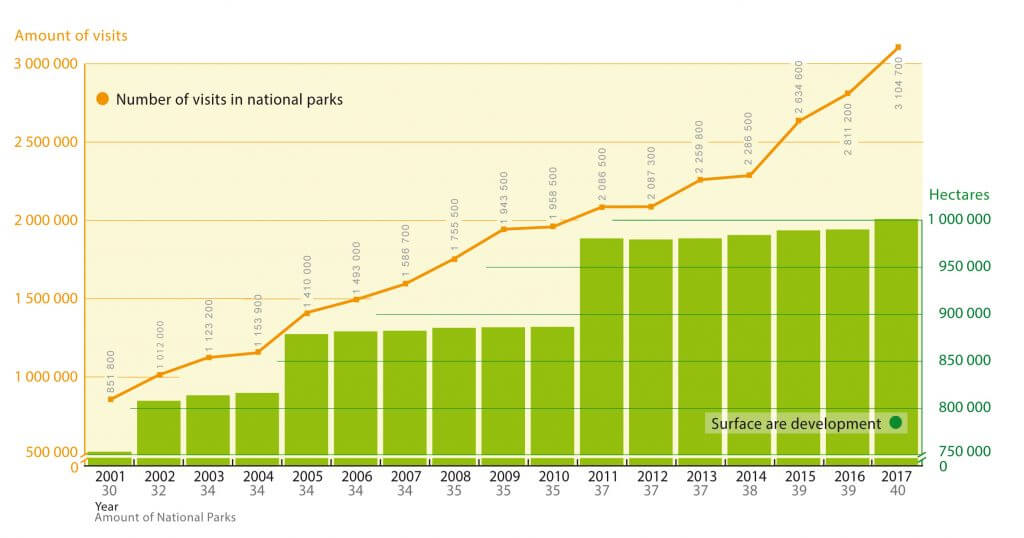
The development of the number of visits to Finland’s national parks, the number of parks, and the surface area of the parks during years 2001–2017. N.B. In addition to the apparent increase in the popularity of national parks, the number of visits has increased due to enlargement of existing national parks as well establishment of new national parks.
Conclusions
When visitor data is gathered in a uniform and systematic manner, it provides possibilities for diverse analyses, reporting and comparisons, both across areas and across time, and at different levels from local to regional, national and international (Hornback & Eagles 1999, Kajala et al. 2007, Kajala & Karoles-Viia 2016). The experience of P&WF is that this kind of information is essential not only for planning and management, but also for well-informed policy making (Kajala 2012).
P&WF is actively developing its visitor monitoring methodology. For example, year 2018, remote reading counters and digital collection of visitor survey answers on-site will be piloted in three national hiking areas. P&WF is also cooperating with researchers to study the potential of evolving technologies, e.g. social media, in providing complementary visitor information (Heikinheimo et al. 2017, Tenkanen et al. 2017). However, in the term monitoring there is embedded the idea of inflexibility; no changes should be implemented into the methodology without a careful analysis of how methodology might influence the data, if one is not to lose the comparability of the data.
The amount of recreational use of protected areas is a fundamental basic information for any protected area. If one was to select only one single indicator of visitor use in protected areas, in Finland at least it would be the amount of use. As seen from the examples above, number of visits is a useful indicator alone, but also a necessity for any additional calculations on effectiveness. Even though establishing and maintaining a comprehensive visitor monitoring system requires significant investment in both time and resources, P&WF managers think that this investment is not only useful but a necessity for successful management as well as for showcasing the benefits of the protected areas.
Erkkonen, J. & Sievänen, T. 2001, Kävijätutkimusopas (In Finnish, title means Manual on visitor surveys). Metsähallituksen luonnonsuojelujulkaisuja, B, 62. 73 p.
Heikinheimo, V., Di Minin, E., Tenkanen, H., Hausmann, A., Erkkonen, J. & Toivonen, T. 2017. User-Generated Geographic Information for Visitor Monitoring in a National Park: A Comparison of Social Media Data and Visitor Survey. ISPRS. International Journal of Geo-Information, vol 6, no. 3, 85.
Hornback, KE & Eagles, PFJ 1999, Guidelines for Public Use Measurement and Reporting at Parks and Protected Areas, IUCN, Parks Canada, Cooperative Research Center for Sustainable Tourism for Australia and World Commission on Protected Areas. Cambridge, UK and Gland, Switzerland.
Horne, P., Sievänen, T., Alenius, V., Iisalo, H. & Friman, T. 1998, Kävijälaskentaopas (In Finnish, title means Manual on visitor counting). Metsähallituksen luonnonsuojelujulkaisuja, B, 45. 68 p.
Kajala, L. 2012, Estimating economic benefits of protected areas in Finland, In: M Kettunen, P Vihervaara, S Kinnunen, D D’Amato, T Badura, M Argimon, & P Ten Brink, (Eds.) Socio-economic importance of ecosystem services in the Nordic Countries. Synthesis in the context of The Economics of Ecosystems and Biodiversity (TEEB). TemaNord 2012:559: 255–259.
Kajala, L., Almik, A., Dahl, R., Dikšaitė, L., Erkkonen, J., Fredman, P., Jensen, F., Søndergaard, Karoles, K., Sievänen, T., Skov-Petersen, H., Vistad, OI, & Wallsten, P. 2007, Visitor monitoring in nature areas – a manual based on experiences from the Nordic and Baltic countries. TemaNord 2007:534. 156 p. + appendices.
Kajala, L. & Karoles-Viia, K. 2016, Long term visitor monitoring in protected and recreational areas – Results from Finland and Estonia. Monitoring and Management of Visitors in Recreational and Protected Areas, September 26–30, 2016, Novi Sad, Serbia. Book of abstracts, pp. 134–136.
Metsähallitus 2018a, http://www.metsa.fi/web/en/visitationnumbers, accessed March 19th, 2018
Metsähallitus 2018b, http://www.metsa.fi/web/en/economicbenefitsofnationalparks, accessed March 19th, 2018
Metsähallitus 2018c, http://www.metsa.fi/web/en/healthbenefitsfromnationalparks, accessed March 19th, 2018
Tenkanen, H., Di Minin, E., Heikinheimo, V. Hausmann, A., Herbst, M., Kajala, L & Toivonen, T. 2017. Instagram, Flickr or Twitter: Assessing the usability of social media data for visitor monitoring in protected areas. Scientific Reports 7. Article number: 17615 (2017)




